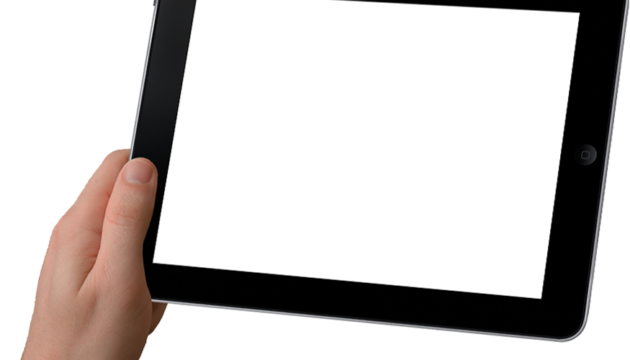As this month comes to a close we want to end on a heart healthy note. February is American Heart Month which aims to raise awareness about heart health, lower the number of heart attacks and strokes each year, and make sure that Americans know their blood pressure. If you haven’t already, check in with your doctor if it’s been a while since your last appointment and take the right steps to keep your heart healthy or manage your condition. In a previous blog at the beginning of the month we talked about ways to keep your heart healthy and strong, so now we want to offer some more detail about hearth healthy exercise.
Like any other muscle in your body, your heart gets stronger and healthier if you lead an active life. People who don’t exercise are almost twice as likely to get heart disease as people who are active. All it takes is something as simple as a 30 minute brisk walk each day. Not only will exercise help you burn calories and lose weight, it can also help lower your blood pressure, reduce LDL (“bad”) cholesterol, and boost your HDL (“good”) cholesterol. Before you start with any exercise, especially if you are a beginner, check with your doctor and make sure you’re healthy enough for whatever activity you have in mind.
Make sure your exercise plan is balanced. Cardio is an obvious choice for heart health, but stretching and strength training are also important parts of the picture. Stretching will make you more flexible – do it after you’ve warmed up of after you exercise. Strength training can be done with weights, resistance bands or through an activity like yoga. Cardio, or Aerobic Exercise, can be any activity that raises your heart rate – running, jogging, and biking are good examples. Swimming and hiking are great choices if you’re looking for something low-impact.
If you have been diagnosed with heart disease or have had heart surgery, exercise is an important part of keeping your condition under control and also a big reason to be extra careful. Ask your doctor about what’s safe for you, including heavy lifting and strength training. Heavy lifting isn’t just limited to exercise – make sure you’re being safe when you are lifting or pushing heavy objects, or doing chores such as raking, shoveling, mowing and cleaning. You should only do what you can do without getting tired. In general, pace yourself, don’t exercise outdoors when it is too cold or hot or humid (high humidity can make you tire more quickly and extreme temperatures can affect circulation), and stay hydrated. If you take medication for a heart condition, make sure you understand how it can affect your response to exercise.
Always pay attention to how you’re feeling during exercise. Even if your doctor has cleared you for any activity you choose to participate in, always pay attention to your body and stop immediately if you experience pain or pressure in your chest or upper body, break out in a cold sweat, have trouble breathing, have a very fast or uneven heart rate, or if you feel dizzy, lightheaded or very tired. It is normal for your muscles to be mildly sore for a day or two after your workout and you will probably breathe harder during a workout, just make sure that you would still be able to talk to someone while doing whatever activity you participate in (otherwise you are pushing too hard).
Although American Heart Month is about to come end, take these tips and keep them in mind year round.
~Love to Live Healthy with Josephine Fitzpatrick
Innovation Weight Loss and Fitness
8031 Jericho Tpke Woodbury, NY 11797
469 7th Ave Manhattan, NY 10018



